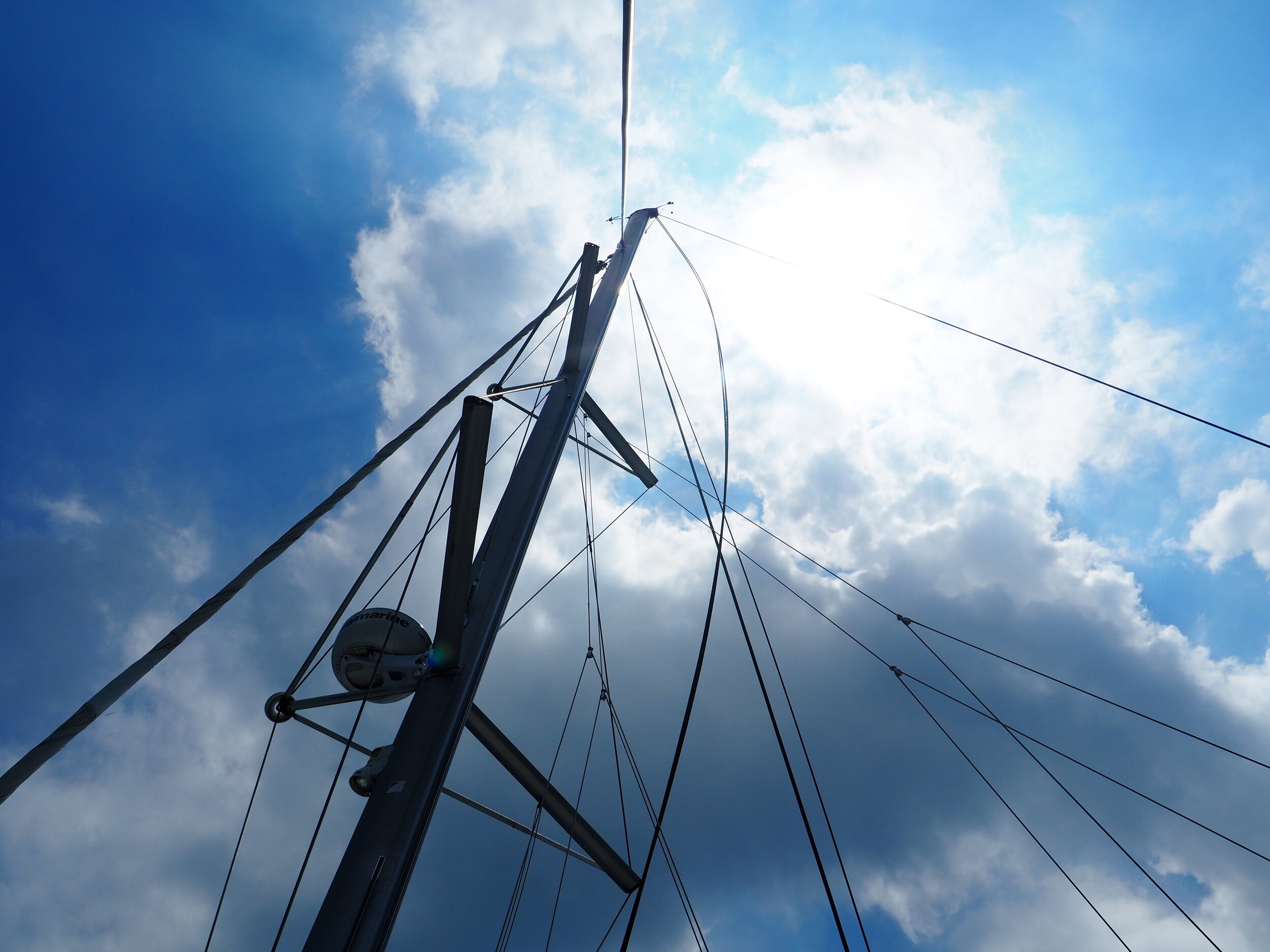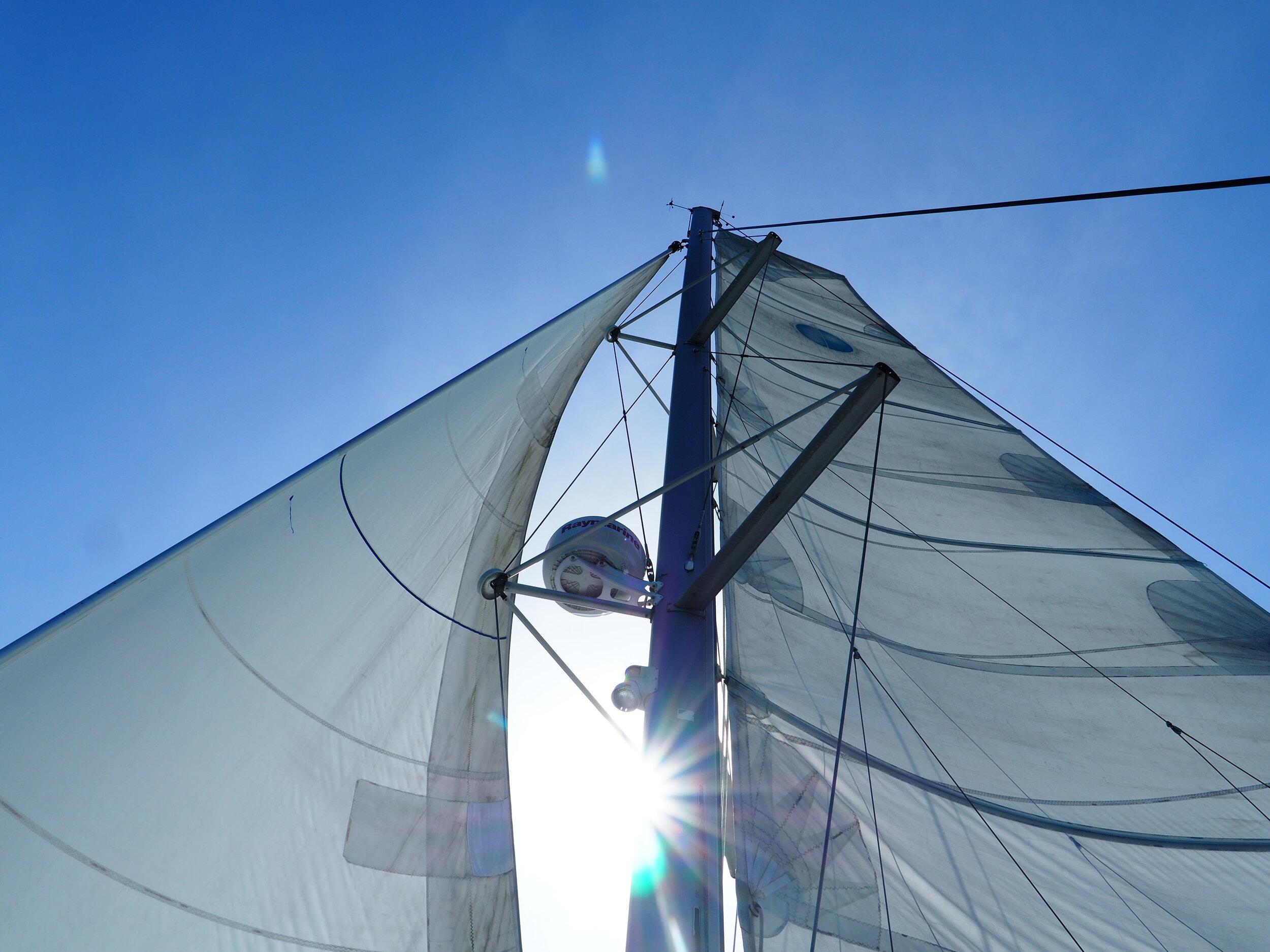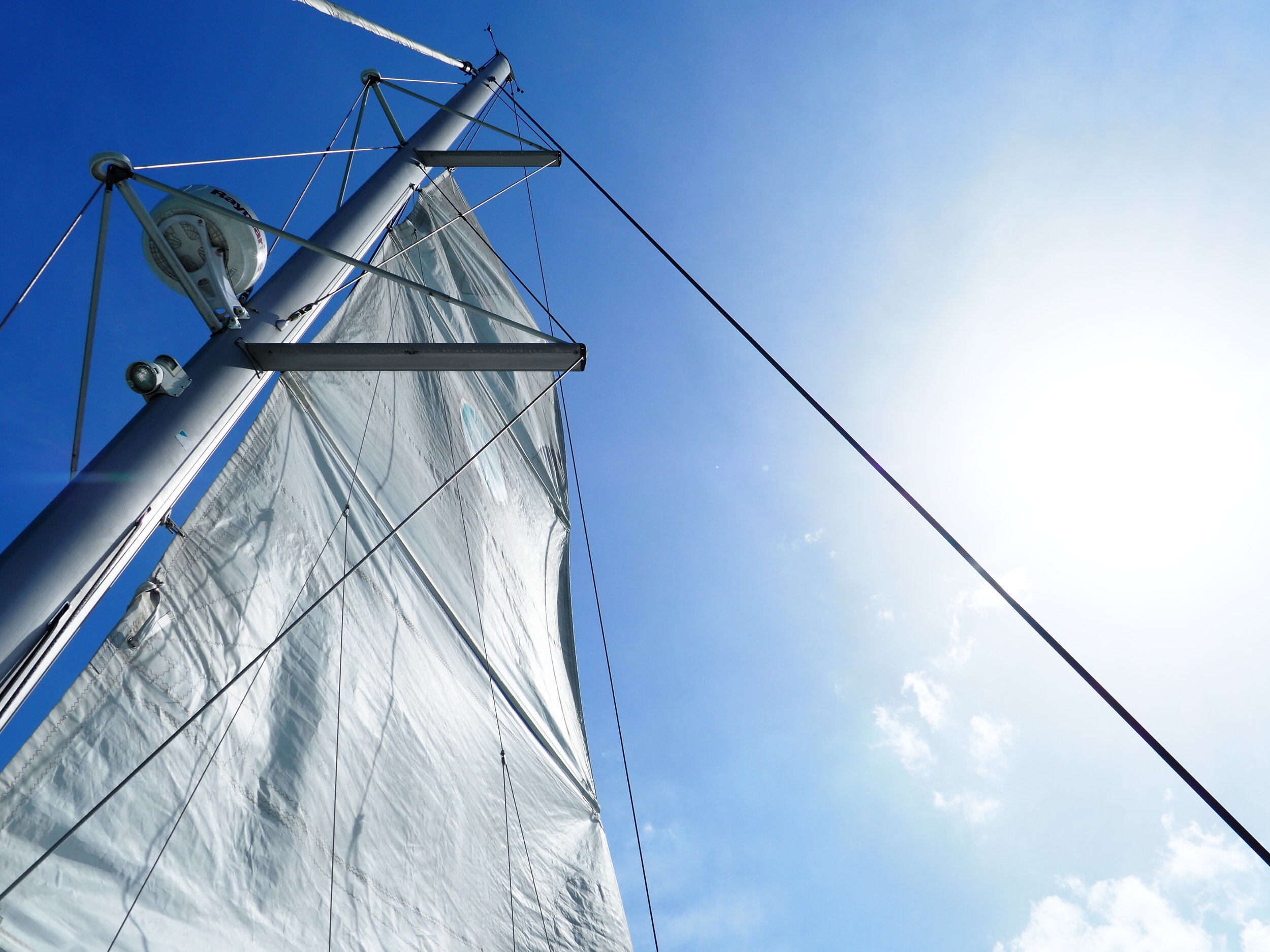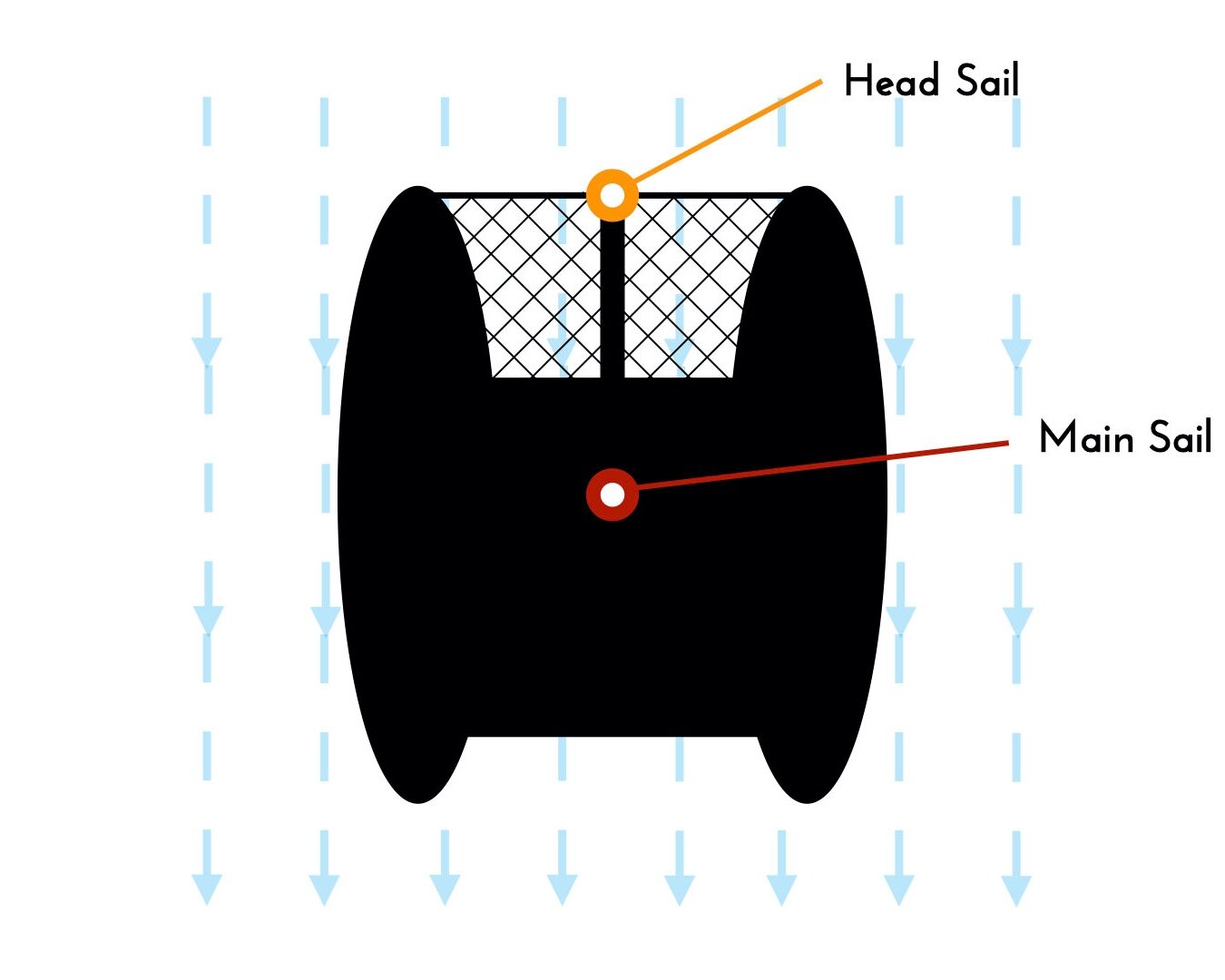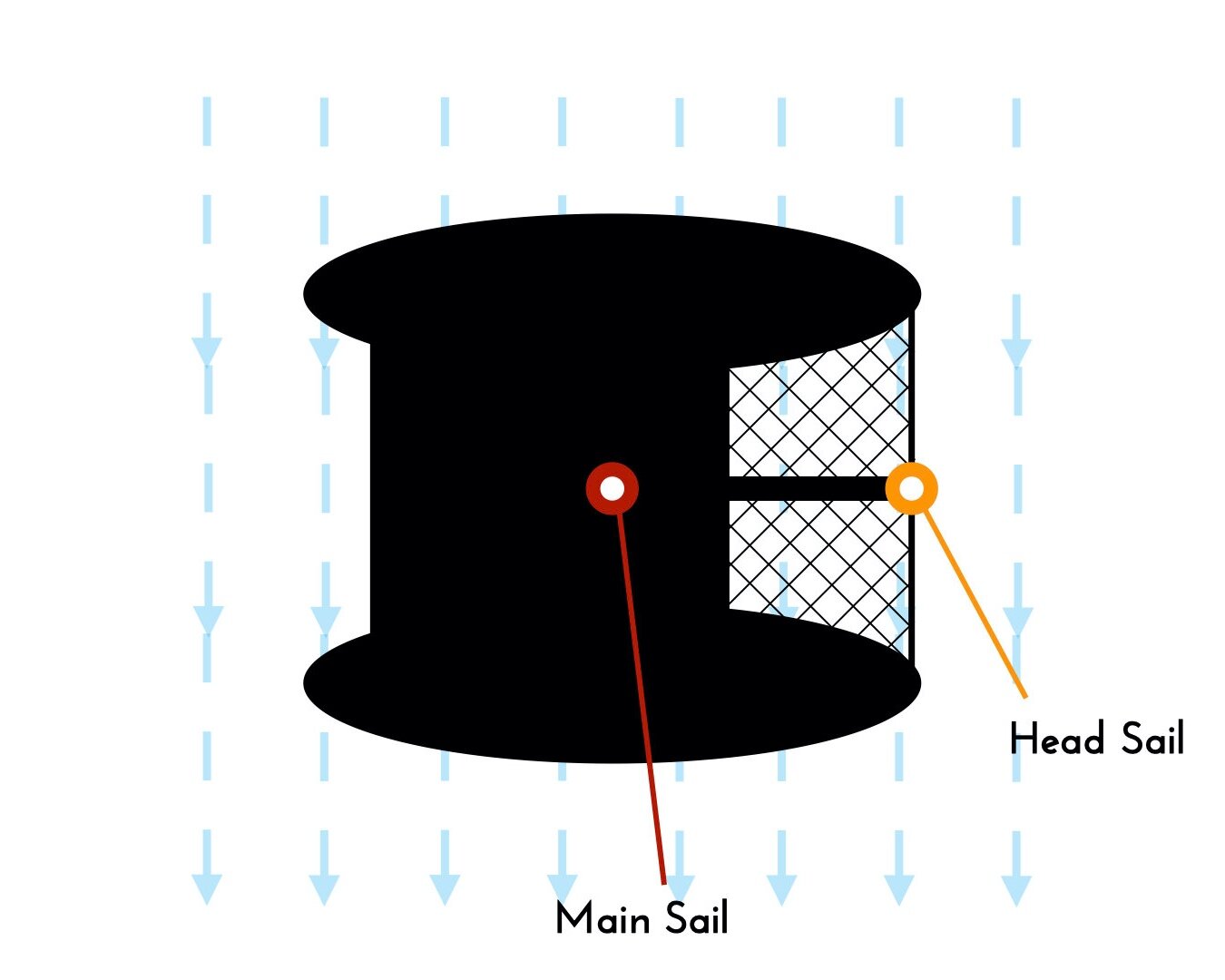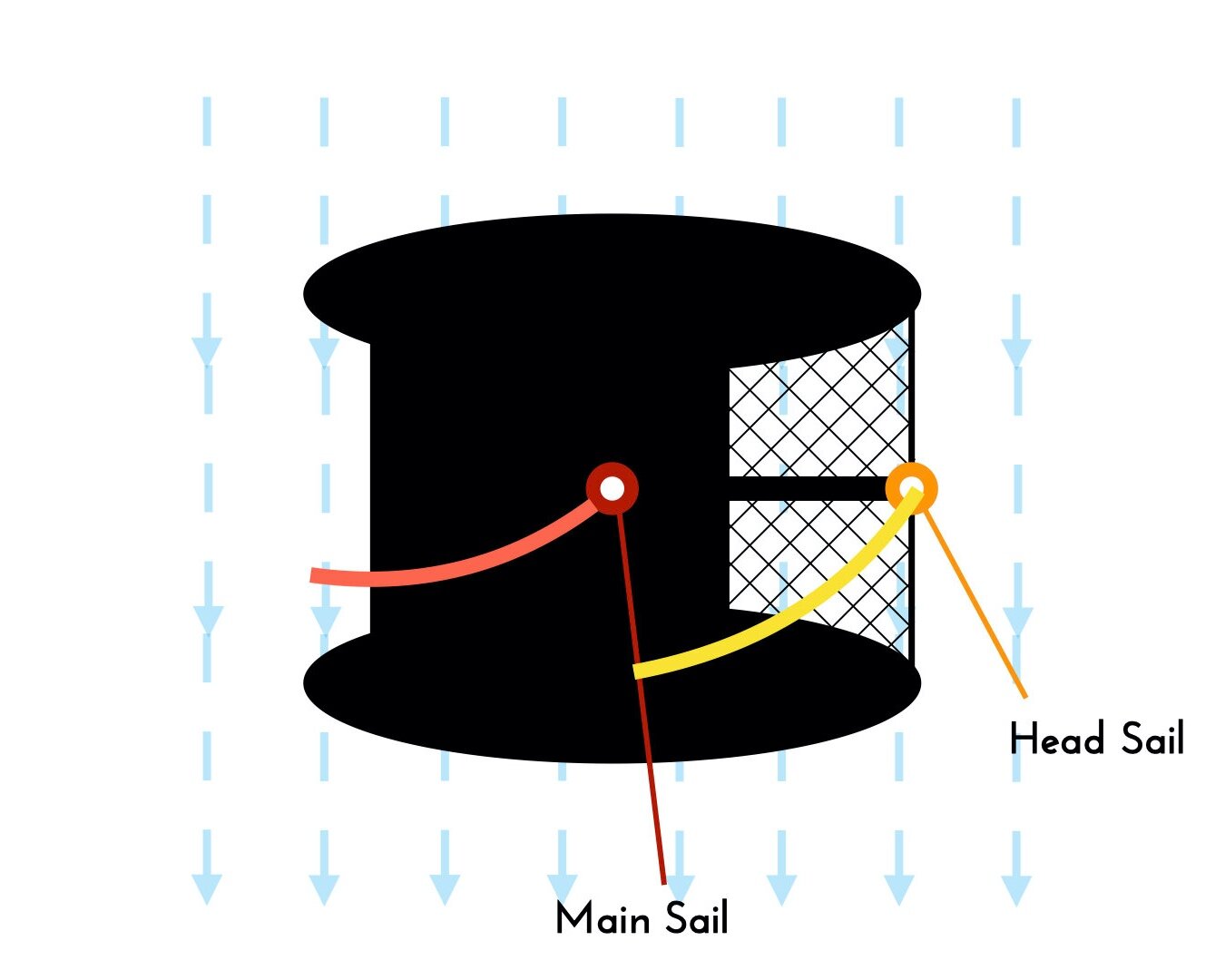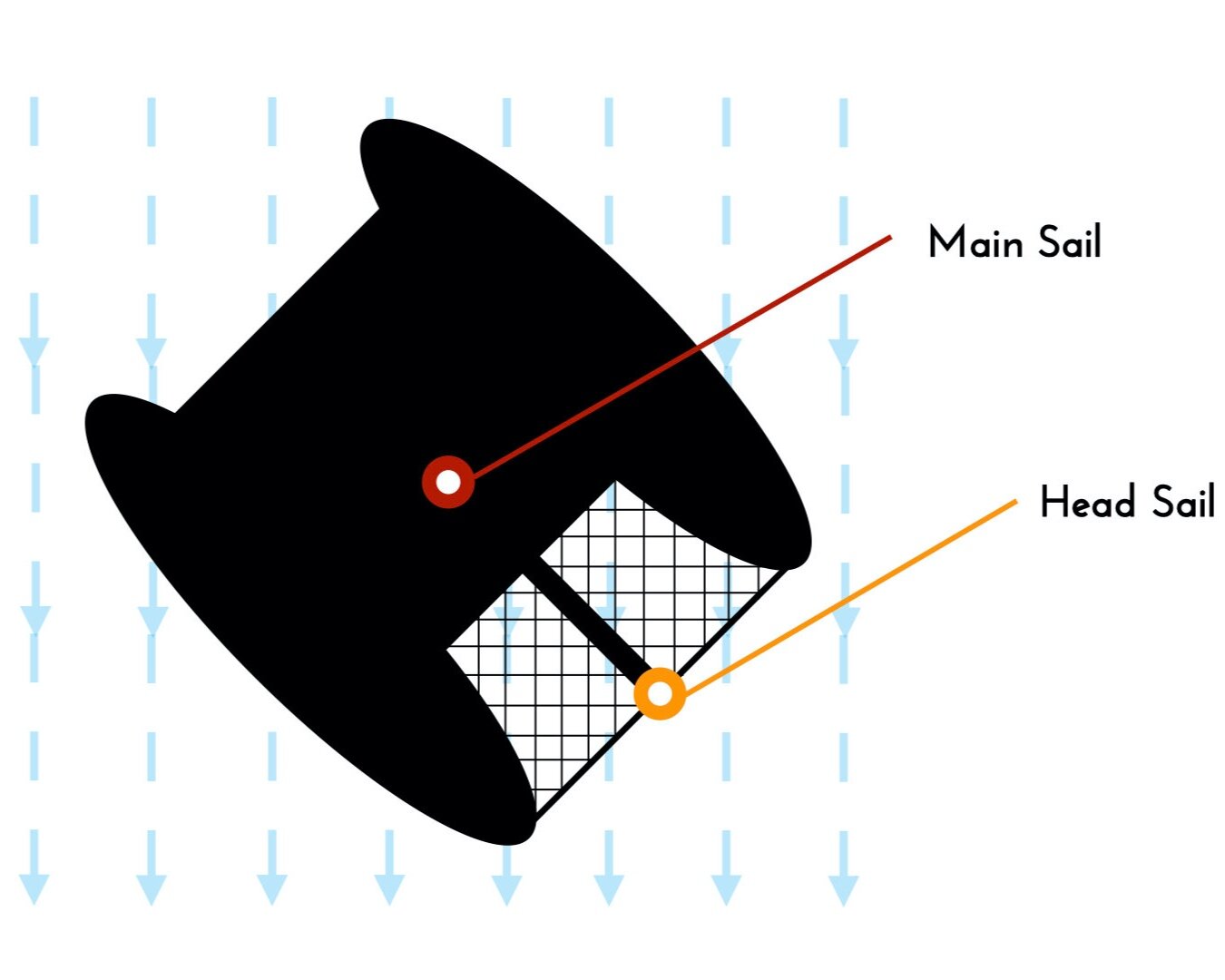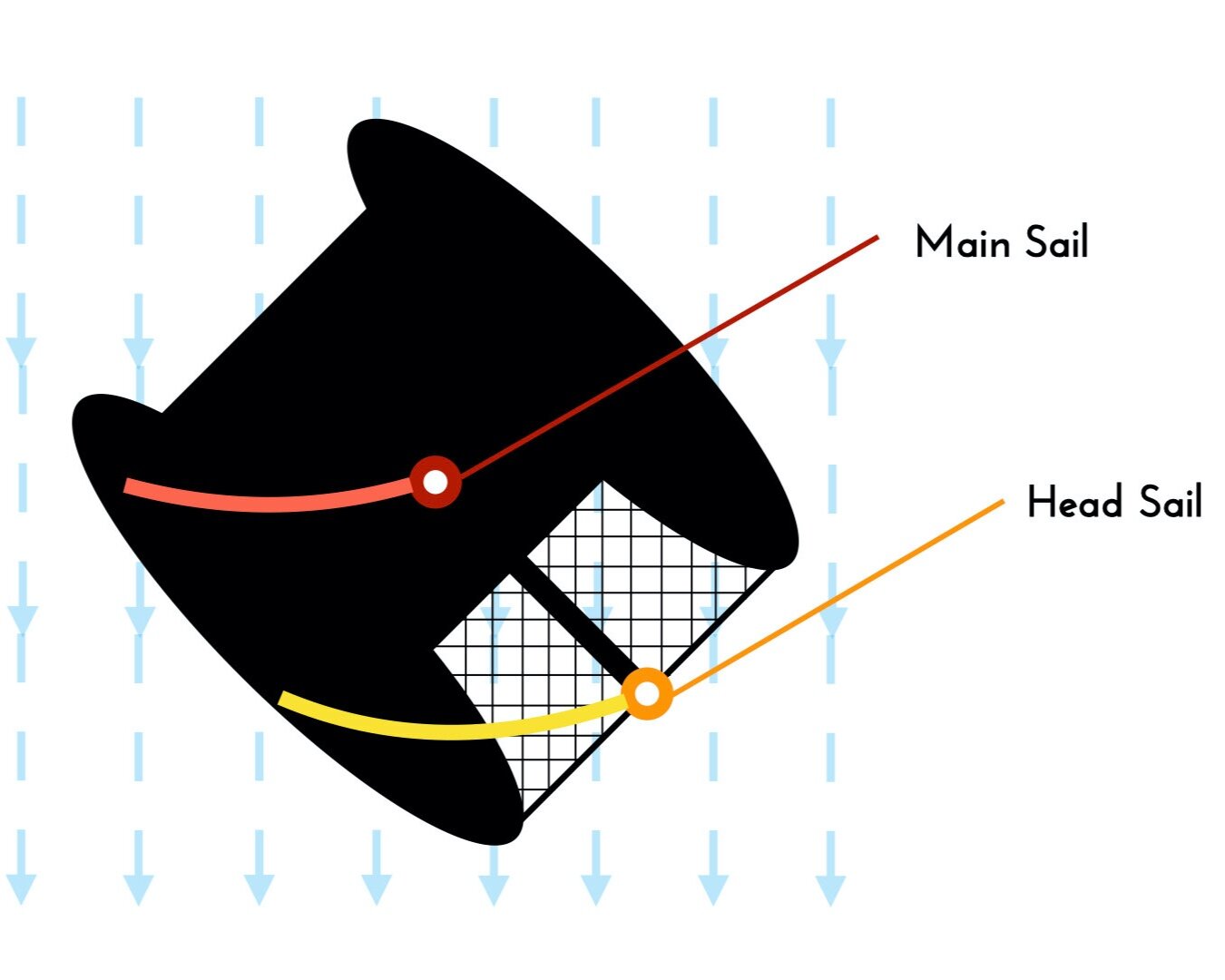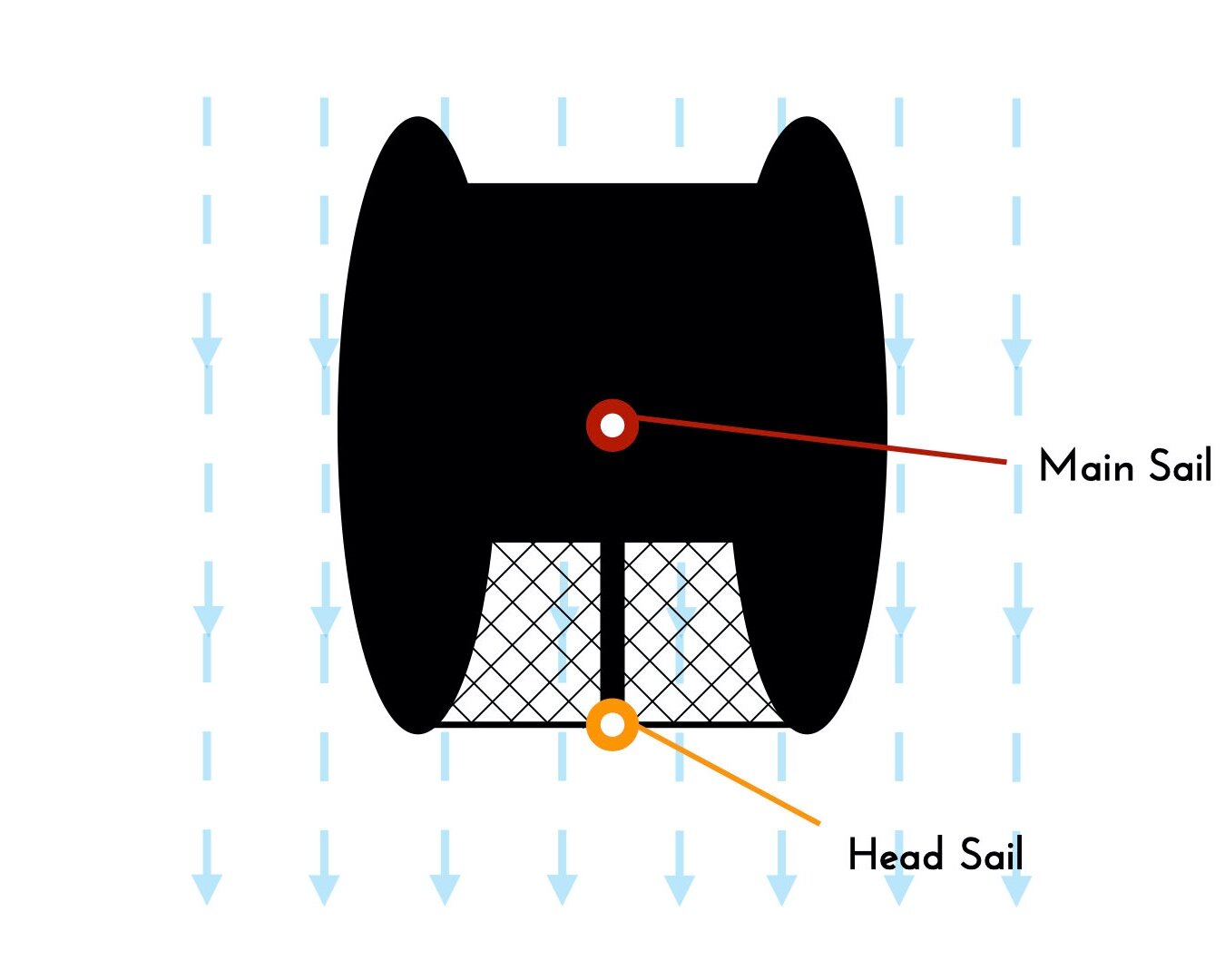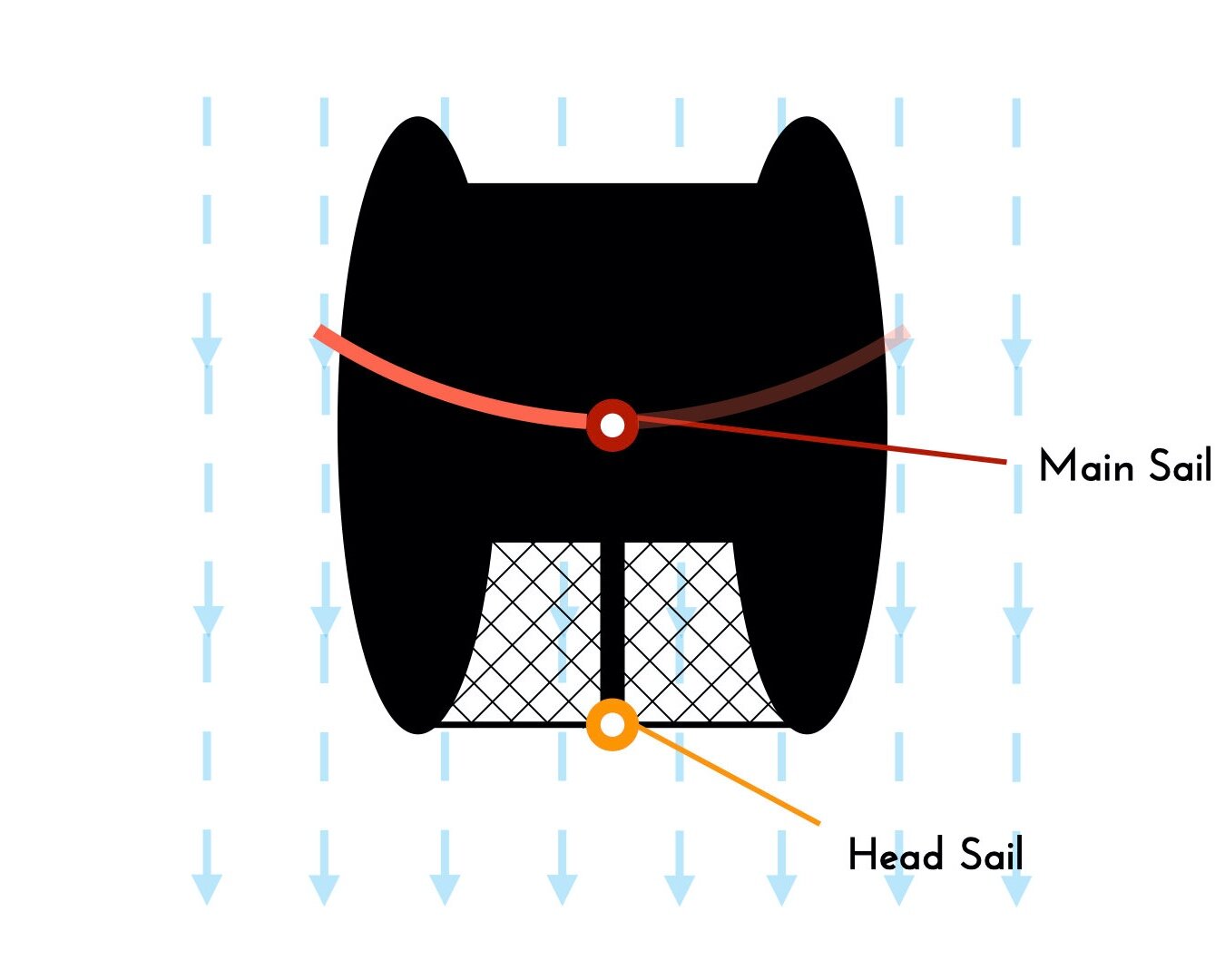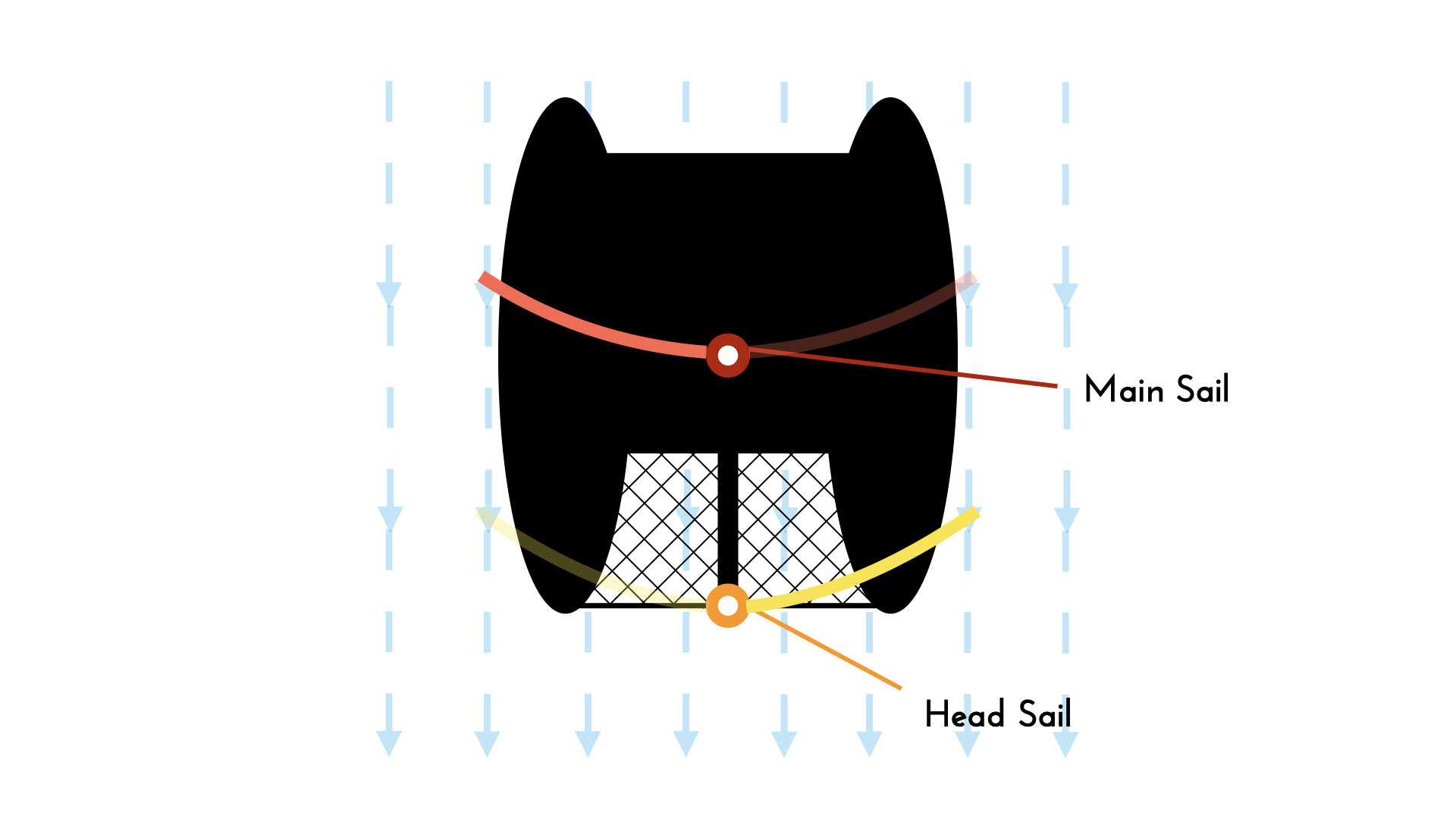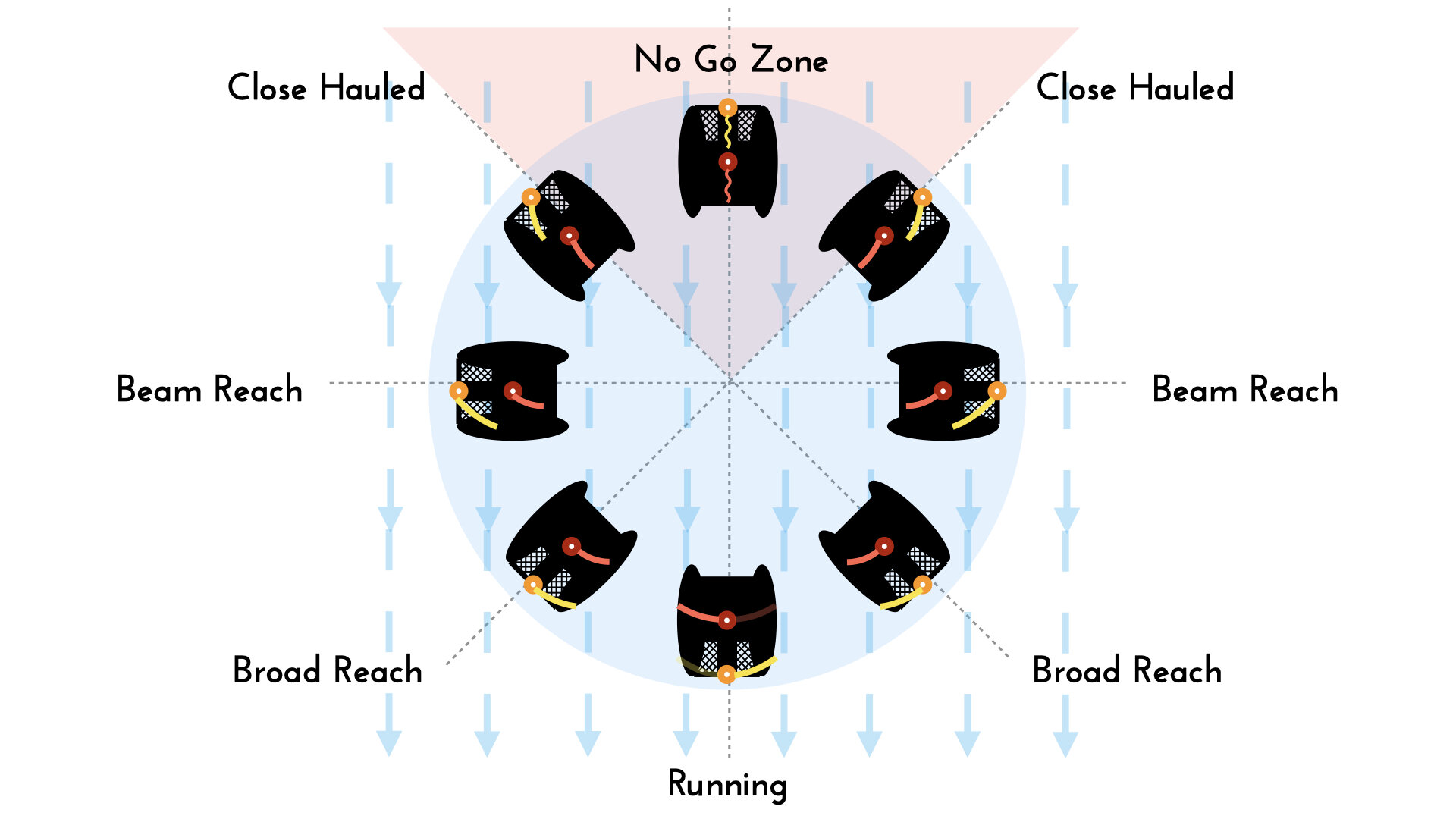Points of Sail
If you’ve ever been out on a yacht experience with us, you might have watched us hoist our sails!
None of our team members are professional sailors, but we all fell in love with sailing. Over the years, we picked up sailing from each other and through many of our expeditions overseas - the art of harnessing the wind to move such a heavy vessel like our yachts never cease to amaze us. Every yacht charter is like an opportunity for us to hone our sailing skills, and at the same time, share our amazement with our guests.
Sailing is an art form, period.
There are many elements that you’d need to take note of when sailing - the tides, the winds, the currents, will all impact the movement of the vessel. Unlike driving a car, where you have lanes that you keep to and mechanisms like gas and brake to control the vehicle, on a boat, there are no lanes out at sea, wind and current may cause your boat to deviate from your intended route, and…. there are no brakes!
We typically use our engines, as well as the rudder (a vertical blade at mounted on the stern of our boat to help steer the vessel in the correct direction) to control the vessel. However, when it comes to sailing, we switch off our engines, and use only wind from our sails, as well as the rudder to move the boat! That’s where the fun begins.
If you want to learn how to sail, the FIRST thing YOU NEED to know is the direction of the wind.
Nature gives us many resources, and it is up to us to decide on how we want to make use of it. This is especially the case for a sailing boat like ours. Wind is a powerful tool, but it is possible that it can work against you, if you’re not utilising it correctly. Therefore, the most important step in sailing, is to first check where the wind direction is.
There are a few ways that you can do so. Other than simply feeling it with your senses, you can also look up to the wind vane at the top of our mast. On yachts like ours, we also have the luxury of a wind sensor display among our navigation instruments which tells us the speed and angle of the wind.
See if you can spot the arrow in these pictures, that is the wind vane pointing to where the wind is coming from:
Before we move on to what you should do next, let’s do a quick recap! Do you remember our basic sailing terms?
Do you remember the other terms that we use on board our yachts? If not, go check out our previous blog post in our #SailingSchool series to refresh your basic sailing terms!
next, let’s visualize together.
Imagine you are viewing down at our yacht from the top. You see the shape of a catamaran with two hulls, and a net on our front deck.
Visualize our main sail in the center (red), and our head sail at the bow of the boat (yellow). Statically, if there are no wind, our sails (when hoisted) will look like the diagram on the right.
(Technically, our head sail is kept furled into the furling pole and we do not unfurl it (as in the diagram), if there is no wind. The diagram is only for visualization purposes.)
POINTS OF SAIL
like many other things that we do, we use a guide to understand and communicate how we orient ourselves in relation to the wind. This guide is called Points of Sail.
Points of Sail refers to the angle in which the boat sails towards, in relation to the wind direction. it describes the range of courses a sailboat can and cannot travel, and determines how we should trim our sails.
Angle 1 - NO GO ZONE
The No Go Zone is when our yacht is pointing directly into where the wind is coming from.
What can we do when we are pointing directly into the wind? Simple. No-Go Zone = No Go. We cannot sail in this direction.
As you can see from the illustration above, if our yacht is pointed into the wind, our sails are unable to pocket any of the wind coming our direction. The sails will only flap in the wind, and are unable to harness any wind power. However, this is the angle which we will point our boats to whenever we want to hoist our main sail. As the main sail is hoisted vertically upwards, the no-go zone is the direction which offers the least resistance, making it relatively easy to put the sails up.
Angle 2 - Close hauled
This is when our boats are pointed 45 degrees from the direction of the wind:
Typically, the smallest angle from the direction of the wind that we are able to sail is at 45 degrees (at the edge of the no-go zone). In layman terms, this means that this 45 degrees is when you can effectively pocket the wind, to allow your boat to move forward. As you can see from the illustration above, both sails are trimmed and pulled in tight as close to the boat’s centerline as possible to allow for wind to pass through. The curve of the sails is like the shape of an airplane wing, generating lift. Our keel, which is located at the bottom of our boat, counters the force, allowing the boat to move forward.
Close Hauled is the most commonly used angle when we sail in Singapore, as it is generally easier to control. Our waters are constantly busy with traffic, from cargo ships, to ferries, to smaller crafts. As such, having control of our craft is very important in ensuring that everyone on board stay safe. It is easy for us to tack in this position. Generally, our catamarans will sail between the angles of 30 degrees to 60 degrees from the wind at a close hauled position.
Tacking refers to changing our course by turning the boat’s bow into and through the wind, moving our sails from port tack to starboard tack (or vice versa) as the wind direction changes from one side to the other.
Angle 3 - BEAM REACH
At the Beam Reach position, our boat is perpendicular to the wind, at 90 degrees:
The “beam” of a vessel, refers to its width at its widest point. For our catamarans, it is the midpoint of either side of our craft.
As such, when you hear the terms “Beam Reach”, it means that the wind is blowing directly onto one side of the boat. At this angle, the sails can pocket the most amount of wind. You’d also notice that both the head sail and main sail are slightly more curved (compared to the Close Hauled illustration), thus allowing more wind to pass through. Some may even say that sailing at the Beam Reach position is the point of sail at which sailboats can travel the fastest.
Angle 4 - Broad REACH
On the Broad Reach position, our boat is at 120 degrees from the wind, i.e. the wind is coming from the stern quarter of the boat:
As the wind is coming from behind the boat, more of both the head sail and main sail needs to be let out to properly catch the wind. At this angle, the boat is almost sailing with the wind. The shape of the sails is still generating some lift, but the boat is increasingly being pushed forward by the wind from behind rather than being pulled forward by lift.
Angle 5 - Run
When a boat is said to be on a Run, it is sailing with the wind:
Running downwind is another way of saying sailing on a Run. Downwind means that the wind is coming from the back, i.e. Broad Reach or Run.
With the wind directly behind you, sailing on a Run can be tricky. As compared to the other angles, sailing on a Run will require the head sail and main sail to be on opposite sides of each other. As you can see in the illustration, while the main sail is on the starboard side, the head sail is on the port side so that one sail does not block the other. This is also known as sailing wing on wing (like flying!). Alternatively, there are times where a spinnaker is launched in place of the head sail.
Generally, this is a position we don’t often put ourselves in, especially during charters in Singapore. This is because a sudden wind shift or gust may throw the mainsail across to the other side, risking someone getting struck by the boom as it shifts.
Running downwind is generally considered the slowest point of sail.
ALL TOGETHER…
Pretty neat, don’t you think?
We know this can be a little challenging to understand, but fret not, we believe that practice makes perfect, and it is easier to understand it when you see or practice it in person. If you ever want to watch our sails in action, come join us one day on one of our yacht charters, or open sunset cruises! If you want to be in the action yourself, we highly recommend joining us on one of our sailing holidays (where you’ll have the freedom to practise as much as you want out in the open sea), or book our Happy Sailors program with your team or friends!
Till then, ta!
Yacht Charters
Private day charters for every occasion.
Open Sunset Cruises
A relaxing cruise every Tuesday 6.30pm - 9.30pm.
Sailing Holidays
Expeditions to explore paradise in our region.
Corporate Programs
Curated yacht experiences to achieve your team’s objective.

